What Is a Light Novel? Exploring Japan's Literary Cousin to Manga
What is a light novel? A short Japanese story with manga-style art. See how they differ from manga, find popular titles & start reading this unique genre today.

Introduction to What Is a Light Novel
Have you ever wondered, "What is a light novel?" This question often pops up among enthusiasts of Japanese culture and literature. Light novels are a unique form of storytelling that bridges the gap between traditional novels and manga. But what is a light novel exactly, and how does it differ from other forms of literature?
Light novels are novella-type stories from Japan, primarily aimed at young adults. They offer a distinctive reading experience, combining the depth of prose with the visual appeal of illustrations. If you've ever enjoyed manga or anime and wondered what is a light novel and how is it written - then you're about to discover a new, thrilling literary adventure.
Definition and Characteristics
When we ask, "What is a light novel?" we're talking about a short and fast-paced book that typically doesn't exceed 300 pages. These stories are crafted with young adult readers in mind - featuring engaging narratives and manga-style illustrations that bring the characters and scenes to life.
What is a light novel's unique format? Periodic illustrations, usually in black and white, are scattered throughout the text. These visual elements don't just break up the prose; they enhance the storytelling, providing readers with vivid depictions of key moments and characters.
Historical Background and Evolution
To understand a light novel today, we must look at its origins. The light novel genre emerged in the 1970s, evolving from Japanese pulp magazines. Publishers saw an opportunity to create a new format that bridged the gap between traditional novels and manga.
Over the decades, as more readers discovered what a light novel is, these books have grown into a significant literary phenomenon, captivating millions of readers both in Japan and internationally.
Which Came First: Light Novels or Manga?
Manga, which are Japanese comics or graphic novels, originated in the late 19th century and gained significant popularity in the post-World War II era, particularly in the 1950s, with artists like Osamu Tezuka. This early establishment allowed manga to influence many other forms of media.
Light novels, a more recent literary development, emerged in the late 1970s. Combining prose with manga-style illustrations, light novels were aimed at young adults and evolved from Japanese pulp magazines. Thus, manga predated light novels for several decades, establishing a solid foundation in Japanese popular culture.
Publication and Format
When you pick up a light novel, you'll notice some distinct features that set it apart from other books. These characteristics help define what a light novel is in terms of its physical presentation:
- Colorful inserts at the beginning, often featuring character designs or critical scenes.
- Black and white illustrations are scattered throughout the text.
- A size that's typically smaller than a standard paperback, making it easy to carry and read on the go.
Understanding is a light novel also involves knowing how it's published. Light novels are often serialized in magazines before being compiled into book format. This process allows authors to build a fanbase and refine their stories based on reader feedback before the final book release.
What is Manga?
Now that we've explored what is a light novel, let's turn our attention to its close cousin: manga. While both forms of media originate from Japan and often share similar artistic styles, they have distinct characteristics that set them apart.
What Manga Is: Origins and Evolution
Manga are Japanese comics or graphic novels that cover a wide range of genres and themes. Unlike Western comics that often focus on superheroes, manga explores diverse storytelling landscapes - from slice-of-life dramas to epic fantasies. This versatility has contributed to manga's global popularity and influence on popular culture.
The roots of manga can be traced back to the 19th century, but it was in the post-World War II era (particularly the 1950s) that manga began to take the form we recognize today. Artists like Osamu Tezuka, often called the "God of Manga," played crucial roles in shaping the medium and establishing many conventions still used in modern manga.
Publication and Format
Manga is typically published in a format quite different from Western comics:
- It is initially serialized in thick manga magazines - often printed on inexpensive paper.
- It is later compiled into tankōbon volumes - the book-format collections familiar to most international readers.
- Read from right to left - following the traditional Japanese reading direction.
- It is written primarily in black and white - with occasional color pages for special events or chapter openings.
This format allows for long-running series and in-depth storytelling, with some popular manga spanning dozens or even hundreds of volumes.
Light Novels vs. Manga: Key Differences
Understanding the differences and similarities between light novels and manga can help you appreciate the unique qualities of each medium. Let's break down some key aspects:
Despite these differences, there's significant overlap in the genres and themes explored in both mediums, and many stories succeed in both formats.
Adaptations and Interconnections
The worlds of light novels and manga often intersect, creating a rich tapestry of interconnected media that includes anime, video games, and even live-action adaptations.
From Page to Screen
Many popular anime series originate from light novels or manga. This transition from page to screen allows stories to reach broader audiences and gain new fans. The adaptation process often involves condensing or expanding the original material to fit the new medium, sometimes resulting in differences between the source and animated versions.
Examples of successful adaptations include:
- "Sword Art Online" began as a light novel series before spawning manga adaptations and multiple anime seasons.
- "Death Note" is a manga that became a global phenomenon through its anime adaptation and subsequent live-action versions.
Crossover Popularity
The success of a light novel or manga can lead to adaptations in other media - creating expansive franchises. This crossover popularity helps promote the original works and expands their reach. Fans often engage with multiple versions of their favorite stories - comparing and contrasting the different interpretations across media.
Cultural Impact
Both light novels and manga play significant roles in shaping popular culture, not just in Japan but globally. They often reflect and comment on social issues, technological advancements, and cultural trends. The growing international popularity of these mediums has also led to increased cultural exchange, with Western creators drawing inspiration from Japanese storytelling techniques and visual styles.
Accessing Light Novels and Manga
For those eager to dive into the world of light novels and manga, there are numerous ways to access these captivating stories:
Digital Resources
The digital age has made it easier than ever to explore light novels and manga:
- E-book platforms like Kindle and Kobo offer a wide selection of light novels in digital format.
- Manga-specific apps and websites provide access to both officially licensed and user-translated content.
- Libraries increasingly offer digital manga and light novel collections through platforms like Dashtoon, Hoopla, and OverDrive.
International and Online Availability
As the global popularity of light novels and manga continues to grow, international availability has improved:
- Major bookstore chains often have dedicated sections for manga and light novels.
- Online retailers provide access to a vast catalog of titles, including imports.
- Specialty shops cater to enthusiasts, offering rare and imported editions.
Online platforms provide convenient solutions for titles not readily available in local stores, ensuring fans can access their preferred content regardless of geographical limitations.
Recommendations
Ready to dive into the world of light novels and manga? Here are some popular titles to get you started:
Notable Light Novels
- "Log Horizon": Thirty thousand Japanese gamers wake up to find themselves trapped in the fantasy world of Elder Tales, an MMORPG. Veteran gamer Shiroe gathers friends to navigate this new reality filled with monsters and the inability to die.
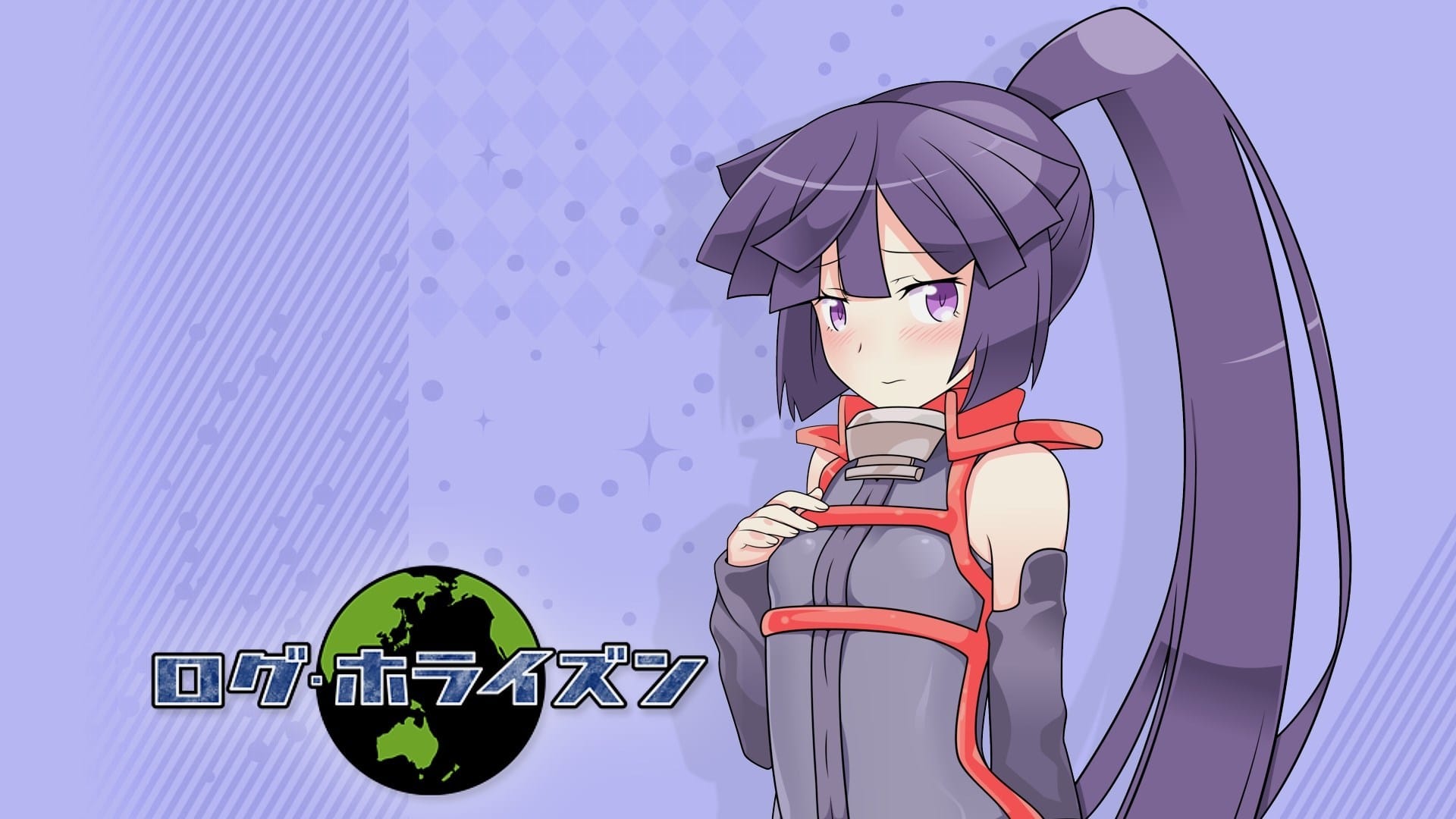
- "Infinite Dendrogram": Set in 2043, this VRMMO offers infinite possibilities. Reiji Mukudori starts his adventure in this realistic game world, uncovering its many mysteries with the help of his brother and partner.
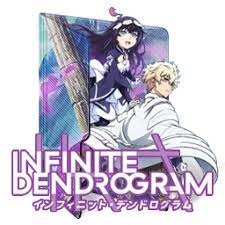
- "Overlord": The virtual reality game Yggdrasil is shutting down, but Momonga, a powerful wizard, remains conscious in the game. He commands his loyal servants to investigate this new world and its mysteries.
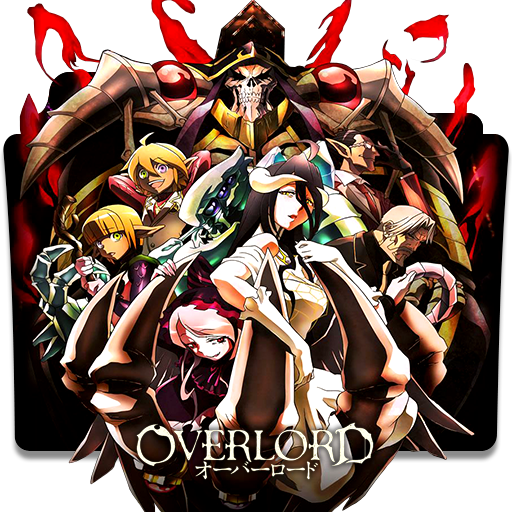
- "Sword Art Online": Gamers find themselves trapped in the immersive VR world of Aincrad. Kirito teams up with other players to beat the game's 100 levels and escape, with any in-game death becoming permanent in real life.
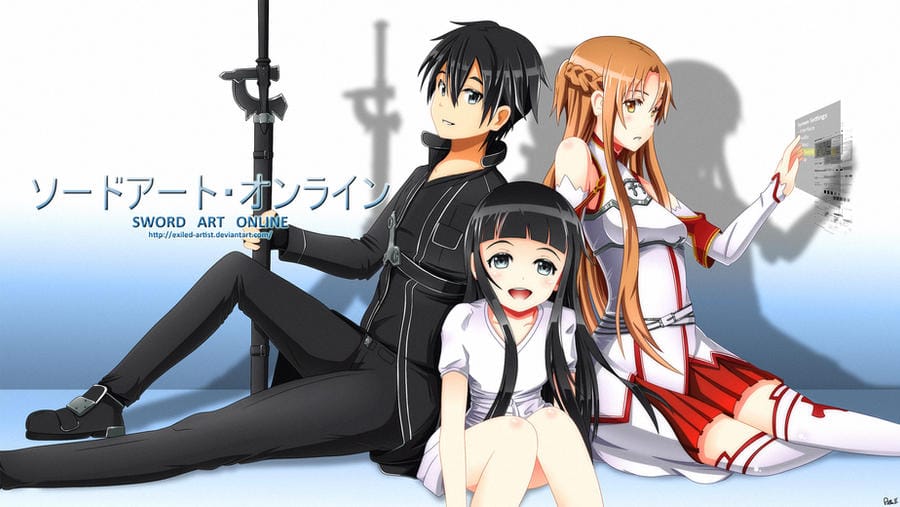
Must-Read Manga
- "Heaven of the Damned": Sara's perfect boyfriend might be a predator. In a world turned upside down, she must survive and adapt. Read this manga on Dashtoon.
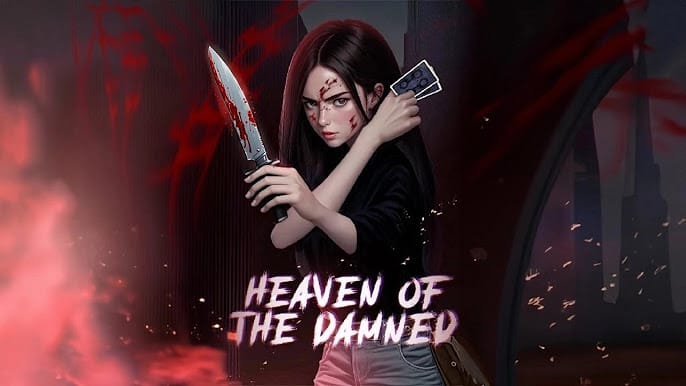
- "Heir of the Mystic 8": Jayden Cartwright seeks truth and redemption after his family's fall. Armed with an ancient jewel's knowledge, he delves into a world of secrets and mob ties. Read this manga on Dashtoon.

- "The Reluctant Heir": Jack Smith inherits his estranged father's corporate empire, bringing wealth and the chance to win over his wife and disdainful in-laws. Read this romance manga on Dashtoon.

- "A Twist In Our Stars": Anya Knox's life spirals when she becomes pregnant with her boss's twins due to an error. She navigates corporate battles and personal crises in a treacherous job. Read this slow-burn romance manga on Dashtoon.
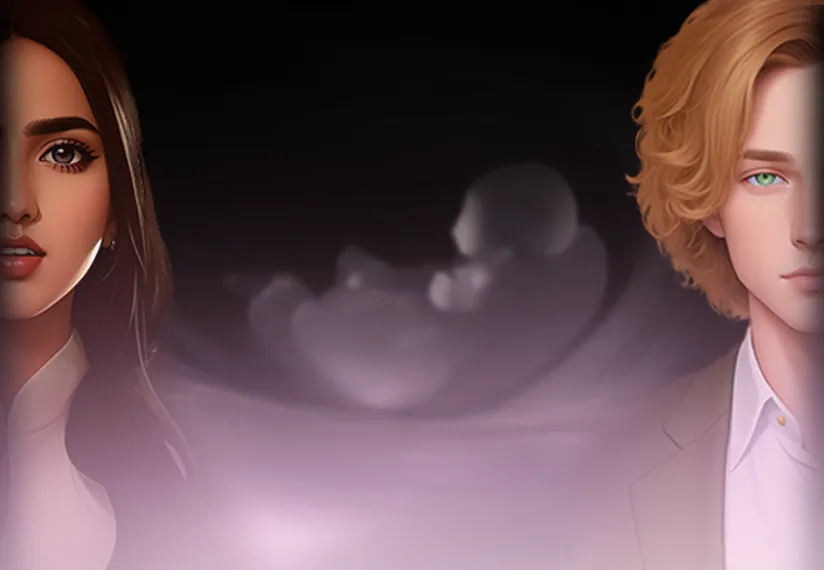
- "Death Note": Light Yagami gains a Death Note, allowing him to kill anyone by writing their name. His quest to rid the world of evil brings him into conflict with the brilliant detective L.
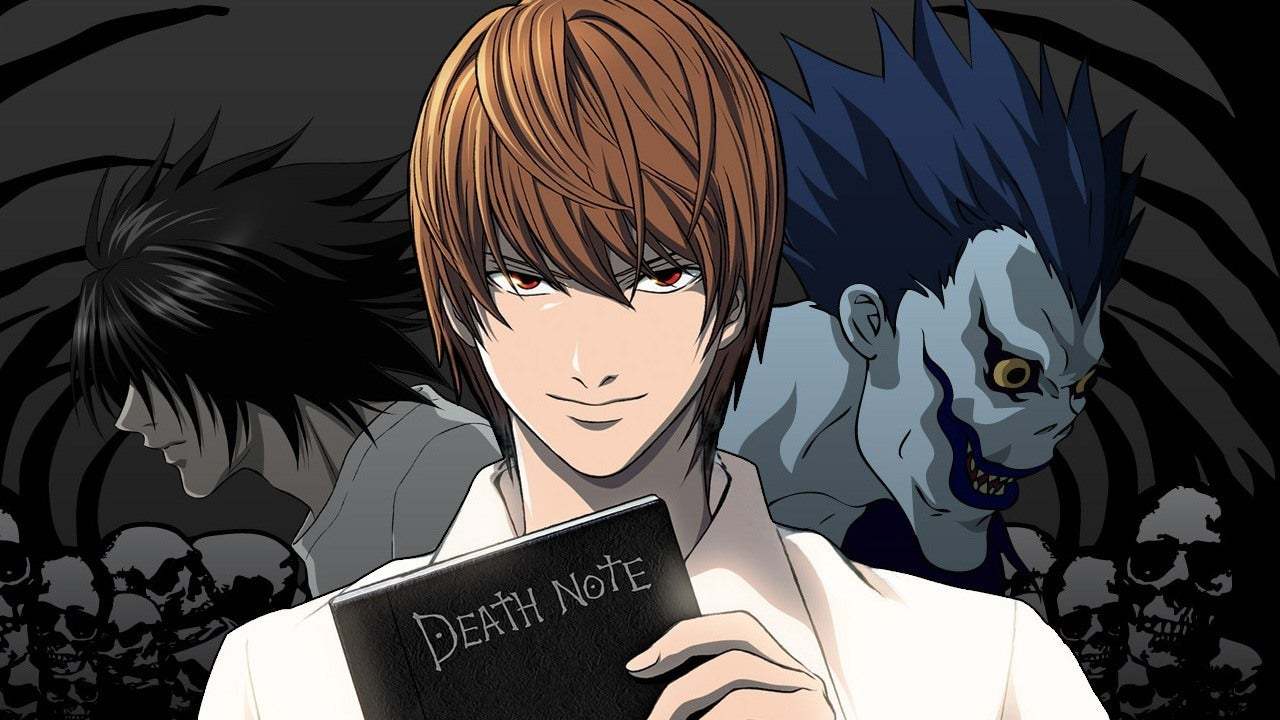
- "A Bride's Story": Set in the 19th century near the Caspian Sea, this story follows Amir Halgal and her arranged marriage to a younger boy, exploring their growing bond amidst cultural traditions.

Conclusion
As we've explored, light novels and manga offer unique windows into the rich world of Japanese storytelling. From the text-driven narratives of light novels to the visually dynamic panels of manga, these mediums provide diverse experiences that cater to a wide range of preferences and interests.
Whether you're drawn to the intricate world-building of light novels or the expressive artwork of manga, both offer immersive experiences that can transport you to new realms of imagination as these mediums continue to gain global popularity - fostering understanding and appreciation for different storytelling traditions.
For those inspired to read and create their own stories in these styles, platforms like Dashtoon offer innovative tools to bring your ideas to life. Who knows? The next captivating light novel or manga series might spring from your creativity. So why not pick up a light novel or manga today and start your journey into these fascinating worlds of Japanese literature?
